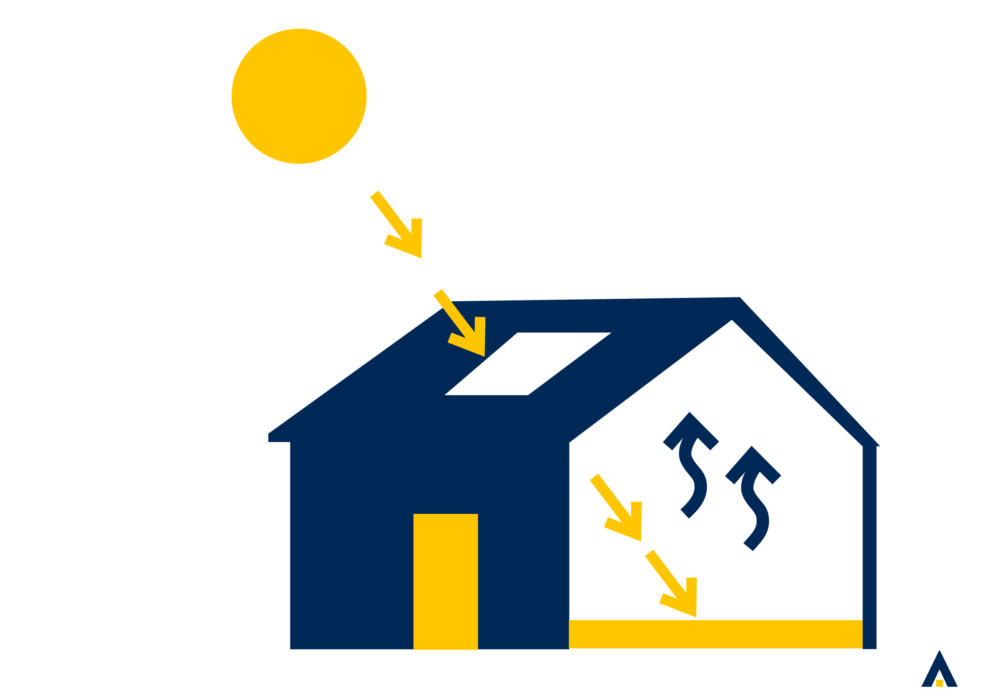What is thermal mass?
Thermal mass is the ability to absorb, store and release heat. The rate at which heat is absorbed and released is called thermal lag. Think of your thermal mass as a rechargeable battery. Once charged, it is able to lose energy. For thermal mass, this energy is in the form of heat. It is important to note that all materials have either a high or low thermal mass. Those with high thermal mass are often referred only as thermal mass. T
Cost
Whilst Bricks and tiles are well priced as claddings, Common bulk thermal mass materials are generally more costly than the average building material in the short term, especially materials such as rammed earth, concrete, etc. However, the savings in heating and cooling throughout its lifetime will outweigh the cost of its construction. It is also important to look at the cost to the environment. Common thermal mass products have high embodied energy. This means that a lot of energy is required to mine, deliver, prepare and install traditional thermal mass products such as concrete slabs and rammed earth.
Another environmental consideration that you might have is the product’s BAL rating. Depending on where you live, you may have to consider the BAL rating of the product. Traditional forms of thermal mass, such as rammed earth have high BAL rating as they are made from non-combustible materials.
Effective Orientation
Just like a rechargeable battery, for thermal mass to work, it must be charged. The orientation of the thermal mass must be kept in a position that works best for your climate. Furthermore, the thermal mass itself must be carefully insulated and protected from undesirable temperature and wind conditions. Placing thermal mass in a position that hasn’t been carefully considered can increase energy costs and create uncomfortable conditions for your home.
Aesthetic
The bulkiness of thermal mass, and its need for direct sunlight and wind can lead to design options that aren’t flexible. For example, rammed earth is often restricted to earthy colour palettes and a skilled designer is required to tie in the bulkiness of the walls with the rest of the home.
Modern Day Alternatives
PCM (phase change material) is a modern day alternative that is thin and can be used with traditional forms of building. Currently, however, the cost of PCM is more expensive than most thermal mass materials.
Is it worth it?
Yes and no. Carefully considered application and maintenance of thermal mass can be invaluable aesthetically, financially and environmentally. On the other hand, poor thermal mass design can also create significant heating and cooling costs throughout its lifetime on top of being uncomfortable to live with. Along the Great Ocean Road, in places such as Lorne, Torquay and Apollo Bay, we enjoy some beautiful sunny days, but also plenty of cold wintery ones. Carefully considered thermal mass and orientation will ensure you enjoy a very comfortable living environment in all weather conditions.

